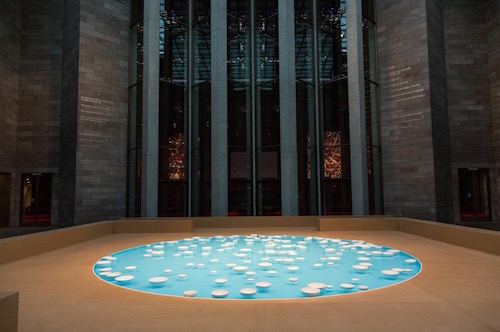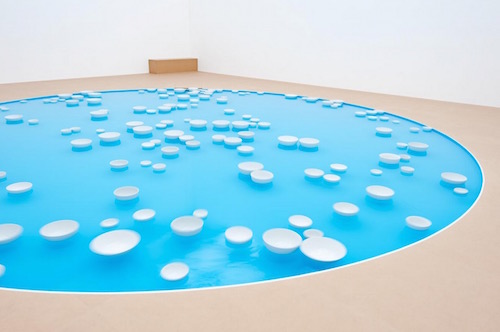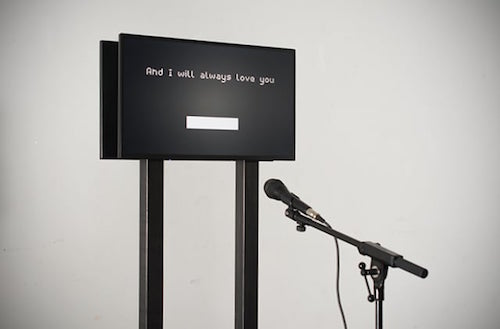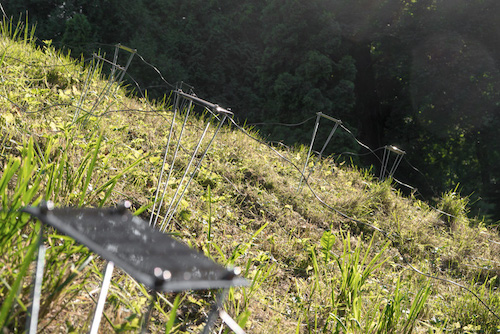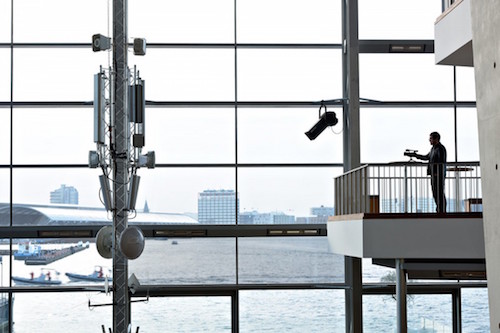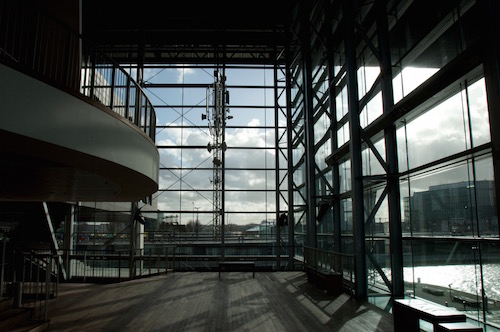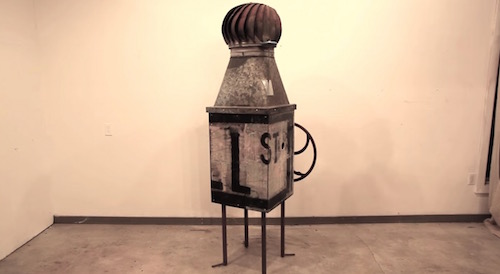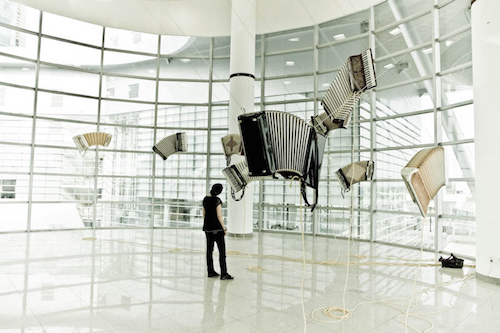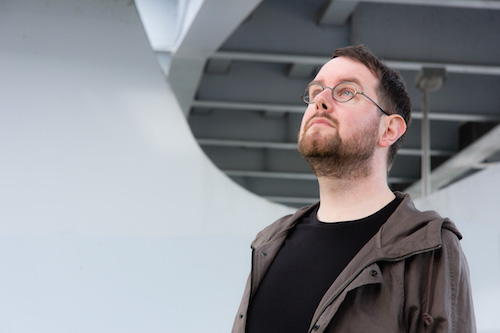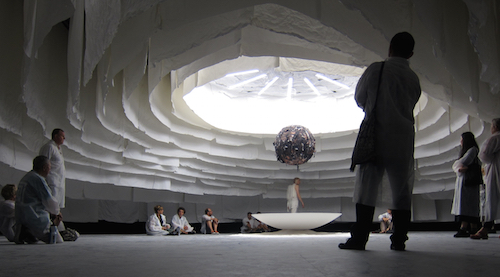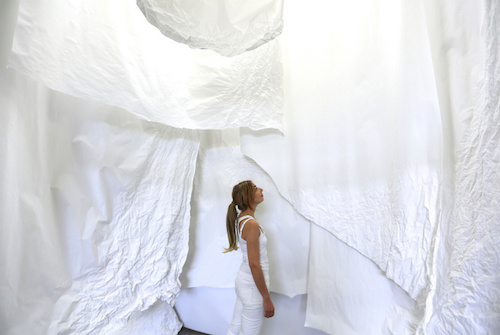Abstract Turntablism
 Tuesday, September 22, 2015 at 13:06 tagged
Tuesday, September 22, 2015 at 13:06 tagged  abstract,
abstract,  dj,
dj,  experimental,
experimental,  turntable,
turntable,  vinyl
vinyl Everyday Listening is starting an experiment with guest bloggers. This way we’re able to bring more art pieces and performances from all over the world. The following piece is from Gabriele Cavallo, an art/music journalist interested in sound art and contemporary cross-boundary practices. He attended the Sonic Arts Research Centre symposium in Belfast.
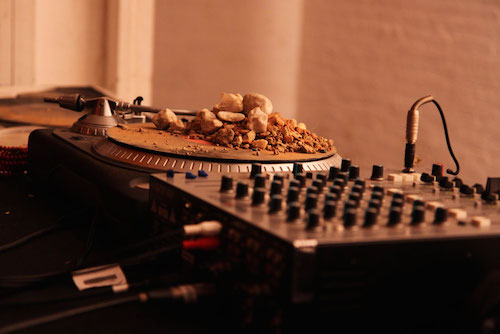
Maria Chavez is a New York-based abstract turntablist. After her debut as a DJ in 1996, the Lima-born, New York based artist has received the legacy of artists such as Christian Marclay, Pauline Oliveros and Christian Wolff. In late May 2015, Belfast Queen’s University hosted a two-day symposium, aimed to investigate the possibilities for parallel approaches to chance in music and legal cases. Chavez performed on her turntables at SARC (Sonic Arts Research Centre). Her performance lasted over 45 mins and was divided into three main sections.
An excerpt of Maria’s performance
Chavez plays two desks, which are connected to a multi-track mixer. She digs out the sonic possibilities of vinyls and record players as physical materials: she taps, scratches, presses on their surface; amplifies and elaborates glitches and shrieks, etcetera. Defective needle styli, or damaged disks are used on purpose. In the middle of her performance, the artist even shatters the vinyls and lets the fragments spin on tables. Throughout the work, she also hits her instruments with found objects, such as stones or small crocks, transforming the turntables into multi-sources of sound production.
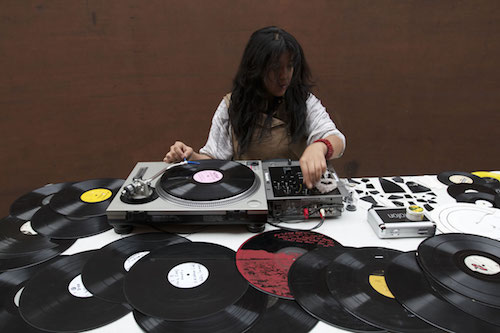
From the midst of this multi-media originated texture, excerpts of recordings emerge and are skillfully integrated into the acoustic fabric. Chavez intends sounds as part of a dialogue with the environment. She’s not afraid to interact with the surrounding space, as she welcomes the random sounds by the audience by responding to them cleverly.
Taking part in her performance was an intense, immersive experience. Chavez weaved together sonic events, produced in contrasting ways. She avoids rethorical solutions, interacts with external stimuli and stays multi-faceted and coherent.




